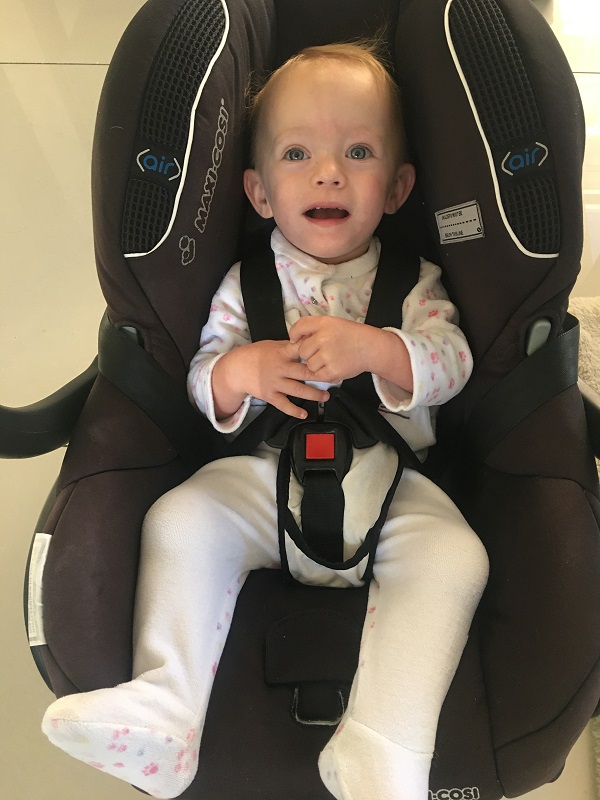According to Queensland’s child restraint laws, you can turn a car seat forward-facing under the following conditions based on age and weight guidelines.

Children who are under 6 months must be in a rear-facing car seat. They should not be placed in a forward-facing seat under 6 months of age.
Children who are aged 6 months to 4 years : Must be in either a rear-facing or forward-facing car seat with an inbuilt harness. It’s recommended to keep your child in a rear-facing seat for as long as possible, as it is a safer option for their head and neck in the event of a car accident.
Children aged 4 years and up to 7 years: Must be in an approved child restraint that is either:
- Forward-facing with a built-in harness that is properly fastened and adjusted
or - An approved booster seat secured with an adult lap-sash seatbelt.
It is recommend that children remain in a forward-facing restraint with built-in harness for as long as their size allows before progressing to a booster seat.
Children who are 7 years and over may sit in a standard seat with an adult seatbelt, or an approved booster seat secured with an adult lap-sash seatbelt. They may also remain in an approved child restraint that is forward-facing with a built-in harness that is properly fastened and adjusted.
It is recommended that they stay in their child restraint for as long as their size allows and not move to an adult seat until they meet all parts of the 5-step test.
The 5-step test
Before progressing from booster seat to normal car seat, ensure the child passes all of the questions in the 5-step test:
- Back: can the child sit with all of their back against the vehicle seat back?
- Knee: do the child’s knees bend comfortably over the front edge of the vehicle seat?
- Lap belt: Is the lap belt sitting low across the hip bones, touching the thighs?
- Sash belt: does the sash (shoulder) belt sit across the middle of the shoulder, not on the neck or out near the arm?
- Stay: can the child stay seated in this position for the whole trip?
For optimal safety, it’s best to follow the manufacturer’s recommendations for your specific car seat. Many experts recommend keeping children rear-facing until they outgrow the maximum height and weight limits of their rear-facing seat, even if they are older than 6 months. This provides better protection in the event of an accident.
Always ensure that the car seat is correctly installed and meets Australian safety standards.
Reference:
https://www.qld.gov.au/transport/safety/rules/children/types
